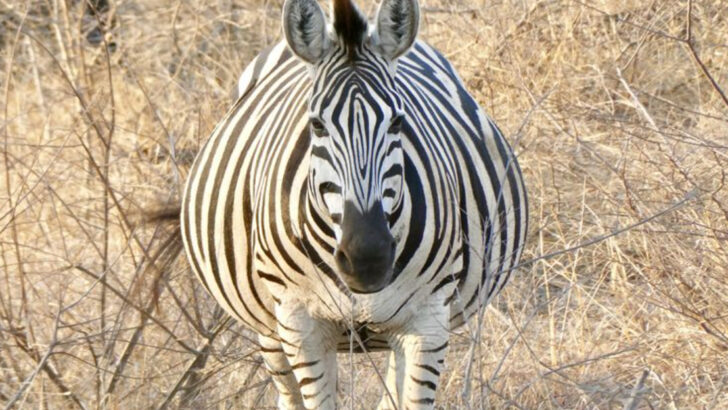The animal kingdom is full of fascinating reproductive behaviors. When it comes to pregnancies, the duration can vary dramatically from one species to another.
Some animals carry their young for a matter of weeks, while others, like elephants, have pregnancies that last nearly two years.
Understanding these differences can give us insight into the evolutionary strategies animals use to ensure the survival of their offspring.
In this article, we’ll explore ten animals with the longest pregnancies and ten with the shortest, highlighting the unique traits and challenges each species faces during this critical stage of life.
Elephant
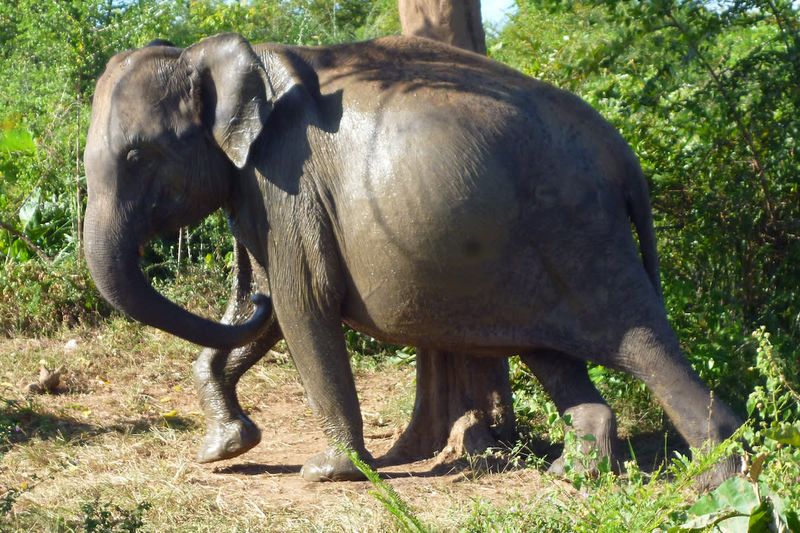
Elephants have the longest gestation period of any land animal, lasting about 22 months. This lengthy pregnancy allows the calf to develop fully, which is essential given the challenges it will face in the wild.
Elephants are known for their intelligence and strong family bonds. The extended gestation period also means that elephant mothers must be patient and nurturing, qualities vital for raising a calf in a challenging environment.
These gentle giants are a symbol of wisdom and strength, revered in many cultures around the world.
Frilled Shark

The frilled shark, with its ancient lineage, endures a remarkably long gestation period of about 3.5 years. Living deep in the ocean, this elusive creature is like a living fossil.
The extended pregnancy allows the young to develop in a stable environment protected from predators. Frilled sharks give birth to relatively developed pups, ready to face the ocean’s depths.
Their unique appearance and long gestation make them a subject of intrigue, capturing the imagination of marine biologists worldwide.
Black Alpine Salamander
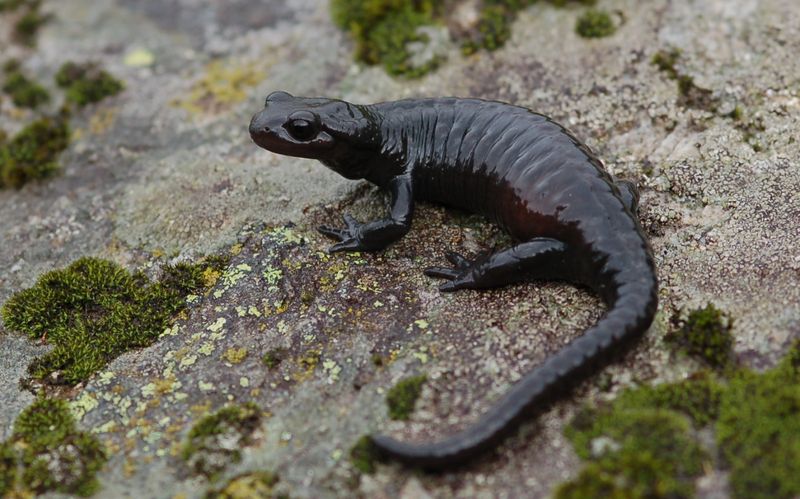
The black alpine salamander, native to the European Alps, has an astonishing gestation period of about 2 to 3 years. This prolonged pregnancy is due to the cold mountain climate and the need for the young to be fully developed.
These salamanders give birth to live young, which is quite rare among amphibians. Their ability to reproduce in such harsh conditions is a testament to their resilience and adaptability.
This species is a remarkable example of nature’s ability to adapt to extreme environments.
Orangutan
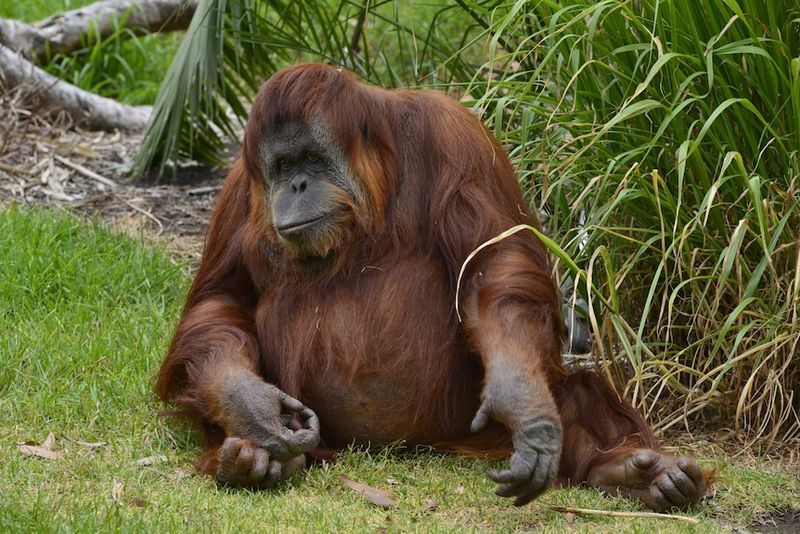
Orangutans, known for their intelligence and solitary nature, have a gestation period of about 8.5 months. During this time, the developing fetus relies on the mother’s rich diet of fruits and leaves.
The bond between an orangutan mother and her offspring is incredibly strong, with young staying with their mothers for up to 8 years. This lengthy gestation and nurturing period are crucial for the development of their complex social and survival skills.
Orangutans are critically endangered, making each birth vital for the species’ survival.
Giraffe
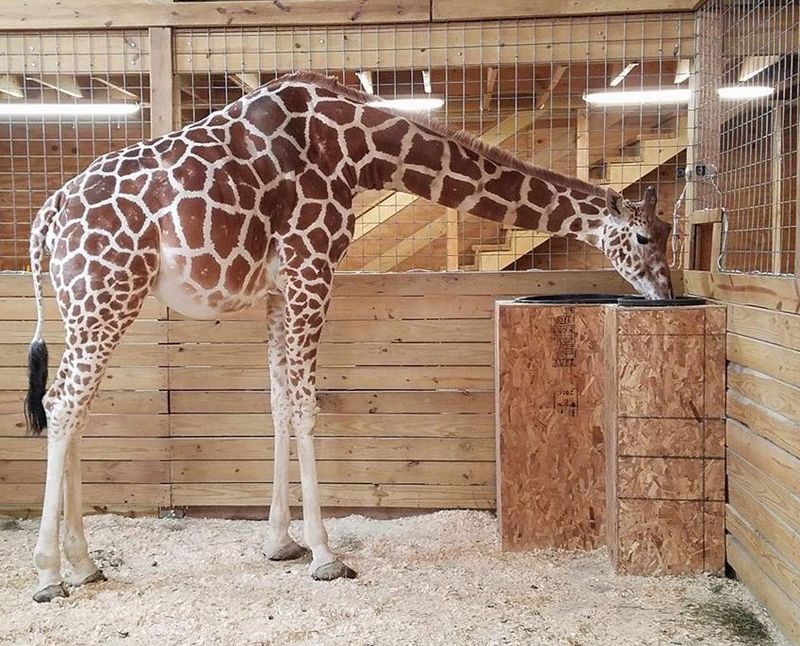
Giraffes have a gestation period of about 15 months, which allows their calves to be born relatively mature and able to stand within hours of birth. This is crucial for survival in the wild.
The long legs and neck of a giraffe are iconic, and the mother’s lengthy pregnancy ensures these features are well-developed. Giraffes are social animals, often seen in herds, which provides protection and support for the young.
Their unique physiology and social structure make them a wonder of the animal kingdom.
Walrus
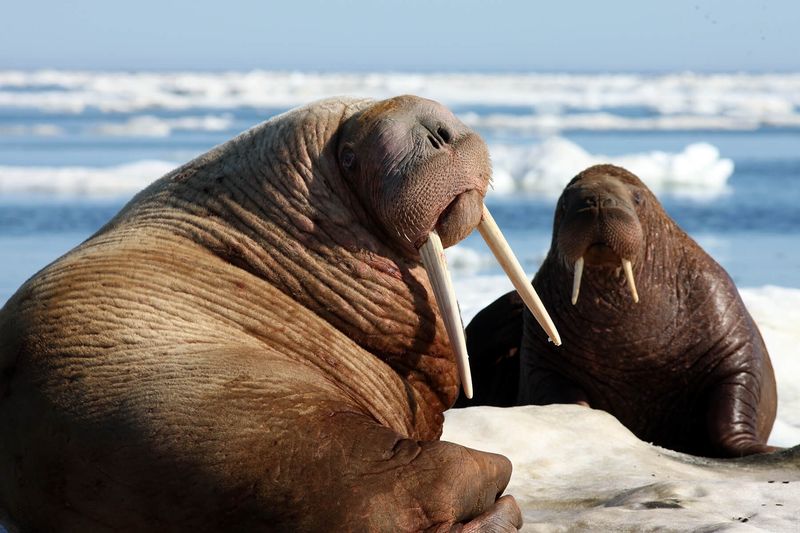
Walruses experience a gestation period of about 15 to 16 months. This extended pregnancy allows the calves to be born with a thick layer of blubber, essential for survival in the icy Arctic waters.
Walrus mothers are highly attentive and protective of their young, teaching them to swim and find food. The harsh climate demands that the calves are well-prepared from birth, and the long gestation ensures this readiness.
Walruses are iconic symbols of the Arctic, known for their social nature and impressive tusks.
Rhinoceros

Rhinoceroses have a gestation period of about 15 to 16 months, which is necessary for the development of their robust bodies and horns. These features are vital for protection and survival in the wild.
Rhinos are often solitary but are known for their strong maternal bonds. The mother’s care during the extended gestation period is crucial for the calf’s development.
As one of the most endangered species, each rhino birth is a beacon of hope for conservationists worldwide, striving to protect these majestic creatures.
Tapir
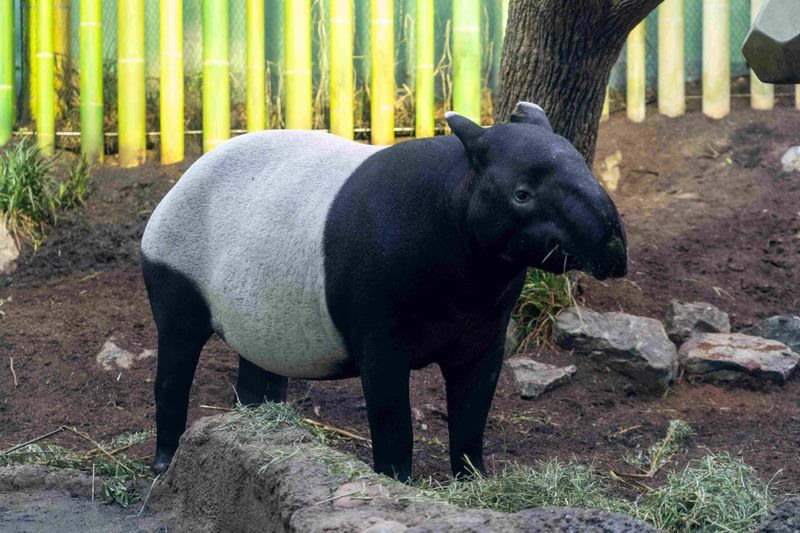
Tapirs have a gestation period of about 13 months, allowing the young to be born fully developed and capable of navigating their dense forest habitats.
These shy and nocturnal creatures are often found near water, where they use their flexible snouts to forage for food. Tapirs play a critical role in their ecosystems, helping to disperse seeds across their habitats.
Despite their importance, tapirs are often overlooked, making conservation efforts crucial for their survival.
Zebra
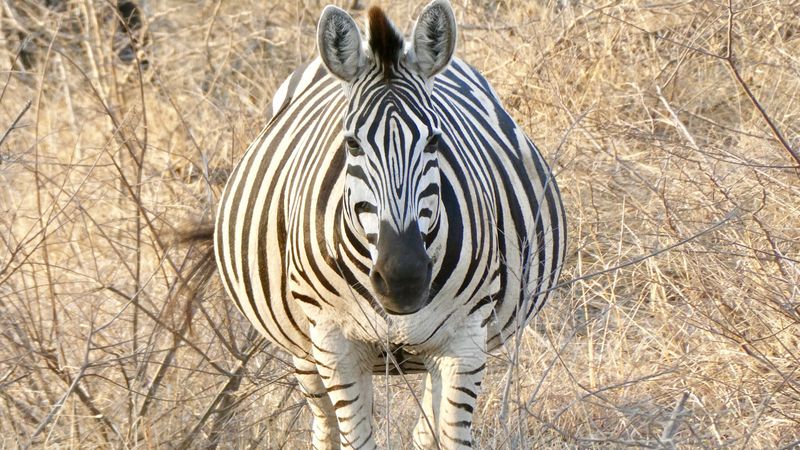
Zebras have a gestation period of about 12 to 13 months, which ensures that the foal is well-developed and capable of standing and running shortly after birth. This is essential for survival on the plains.
The iconic stripes of a zebra serve as camouflage and a way to confuse predators, and the lengthy pregnancy ensures these traits are formed perfectly. Zebras are social animals, often found in herds that provide protection and companionship.
Their unique appearance and behaviors make them a favorite among wildlife enthusiasts.
Horse
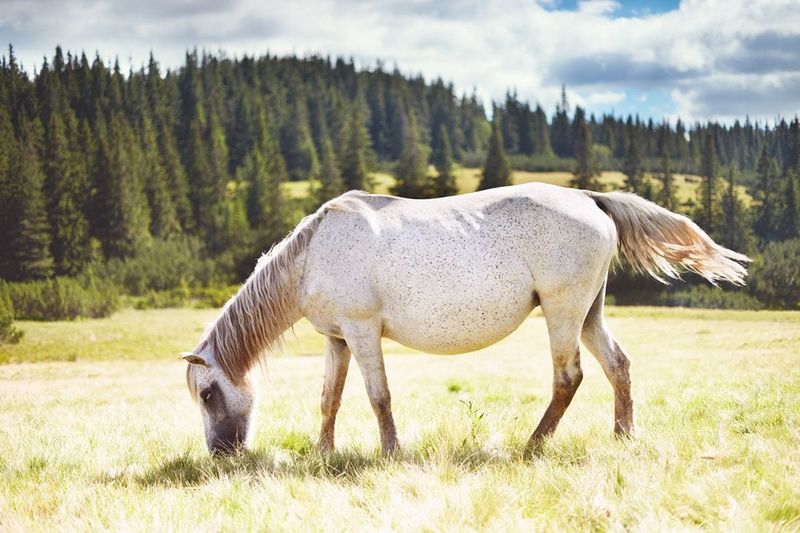
Horses have a gestation period of about 11 months, which gives the foal time to develop strength and agility. These traits are essential for survival in the wild or on a farm.
Horses are known for their grace and power, and the care they receive during pregnancy contributes to these qualities. The bond between a mare and her foal is strong, with the mother providing guidance and protection.
Horses have been companions to humans for centuries, symbolizing freedom and adventure.
Opossum
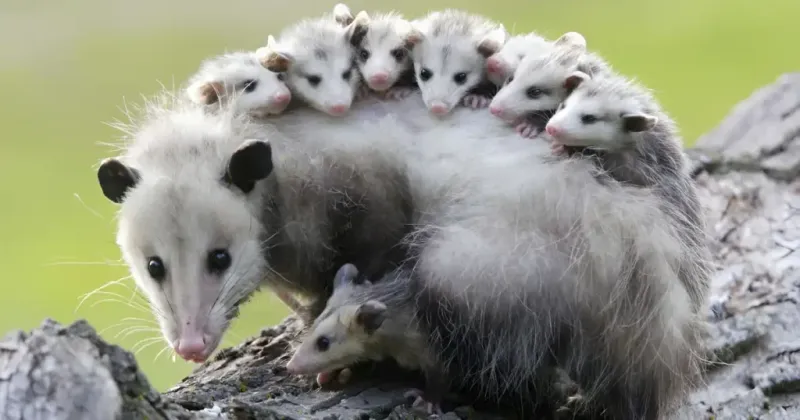
Opossums have one of the shortest gestation periods of just about 12 to 13 days. This brief pregnancy results in tiny, underdeveloped young that continue to grow in the mother’s pouch.
These marsupials are known for their adaptability and resilience, often found in various environments, from forests to urban areas. The short gestation is balanced by the extended pouch time, allowing the young to mature safely.
Opossums play a vital role in ecosystems, helping control insect and rodent populations.
Mouse

Mice have a gestation period of about 19 to 21 days, which is one of the shortest among mammals. This allows them to reproduce quickly, a trait vital for survival in the wild.
Mice are known for their curiosity and ability to adapt to various environments. Their short pregnancies result in large litters, ensuring that at least some offspring survive.
While often seen as pests, mice play a crucial role in food chains and are used extensively in scientific research due to their rapid breeding.
Hamster
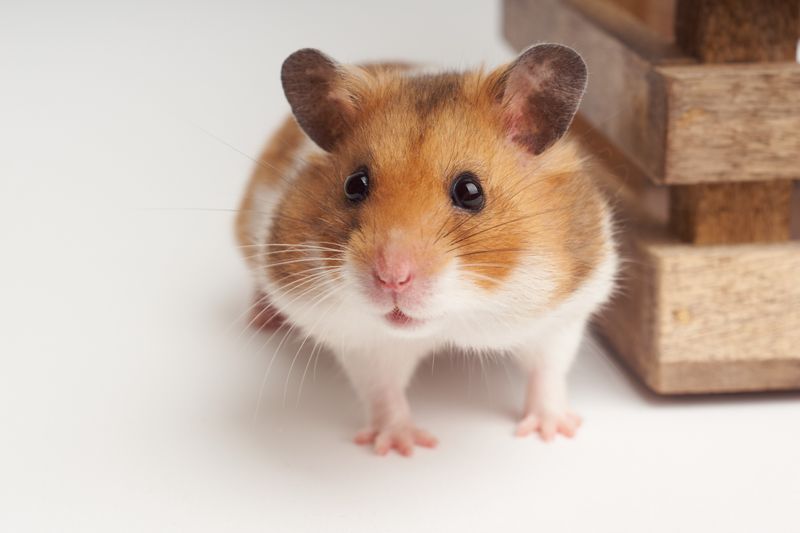
Hamsters have a gestation period of only about 16 to 18 days. This rapid reproduction allows them to thrive in various environments, from deserts to pet cages.
Hamsters are solitary creatures, known for their cheek pouches and burrowing habits. The short pregnancy period means that hamster mothers need to be diligent, ensuring their young are safe and well-fed.
These small rodents are popular pets, loved for their playful nature and easy care requirements.
Rat

Rats have a gestation period of about 21 to 23 days, which supports their reputation as prolific breeders. This short pregnancy enables rapid population growth, especially in urban areas.
Rats are highly intelligent and adaptable, capable of surviving in a wide range of environments. The brief gestation period allows them to quickly rebound from population declines.
Though often seen as pests, rats are also used in scientific studies due to their complex social structures and behaviors.
Rabbit
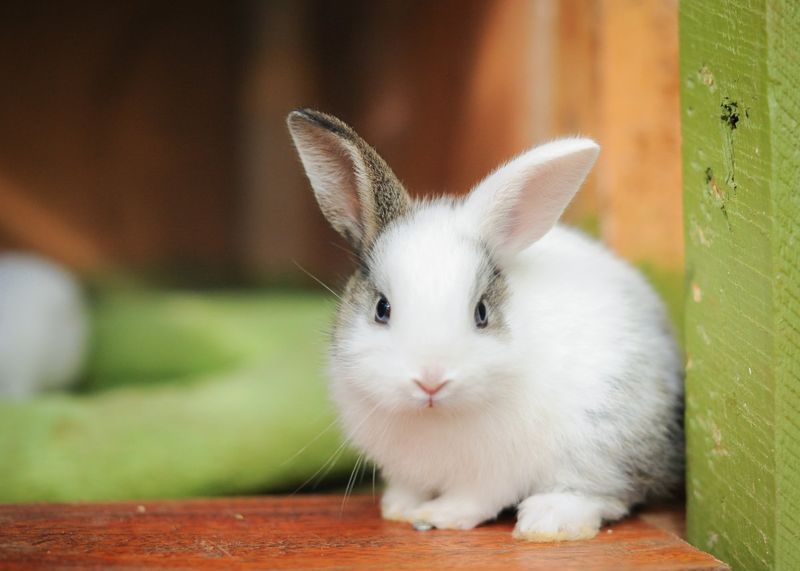
Rabbits have a gestation period of about 28 to 31 days, which allows them to produce several litters a year. This ability is vital for survival in the wild, where predators are a constant threat.
Rabbits are known for their speed and agility, traits that are essential for escaping danger. The short gestation period supports their reproductive success, ensuring the continuation of their species.
These endearing creatures are also popular pets, known for their gentle demeanor and playful antics.
Guinea Pig
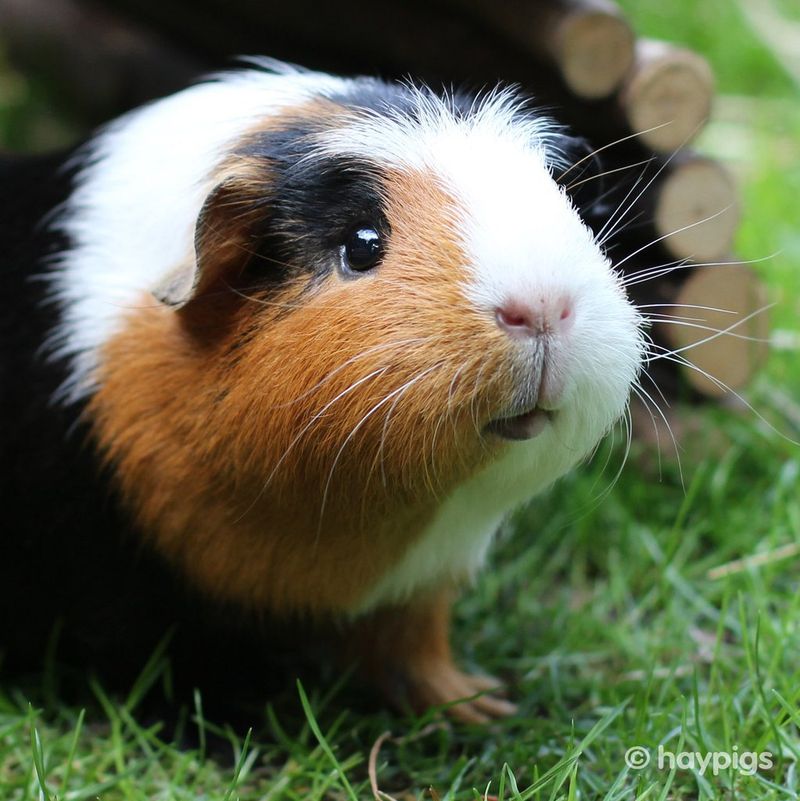
Guinea pigs have a gestation period of about 59 to 72 days, which is longer than most small rodents but still relatively short. This time allows the young to be born well-developed and ready to thrive.
Guinea pigs are social animals, often kept in pairs or groups, and their pregnancies are carefully monitored by responsible owners. Their vocal communication and friendly nature make them beloved pets.
Despite their small size, guinea pigs have a big place in human hearts, cherished for their companionship.
Gerbil

Gerbils have a gestation period of about 24 to 26 days, which enables them to reproduce efficiently in their natural desert environments. This adaptability is key to their survival.
Known for their playful and inquisitive nature, gerbils are popular pets. Their short pregnancies mean that gerbil parents must be vigilant in caring for their young.
These small mammals are fascinating creatures, often observed for their social interactions and burrowing behaviors.
Chinchilla
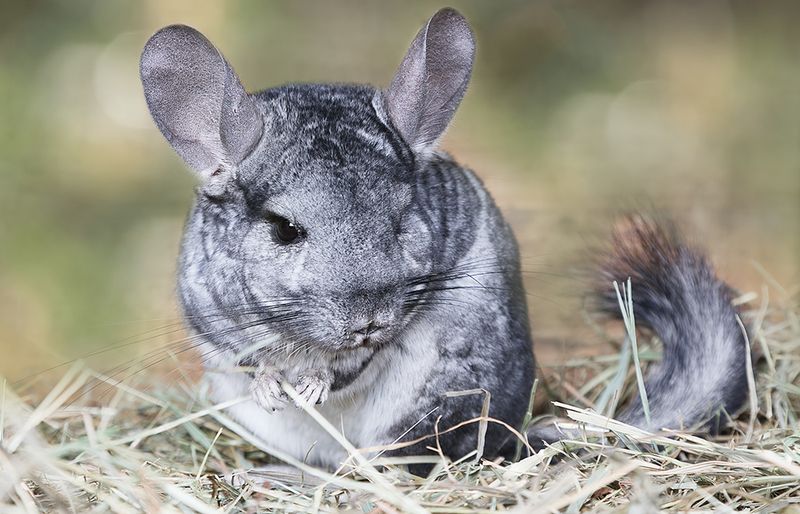
Chinchillas have a gestation period of about 111 days, which is relatively long for rodents. The extended pregnancy results in well-developed young, ready to thrive in their rugged environments.
Chinchillas are known for their dense, soft fur and playful nature, making them delightful pets. Their longer gestation period is balanced by their social behavior and strong family bonds.
These gentle creatures are native to the Andes mountains, where their unique adaptations are essential for survival.
Platypus
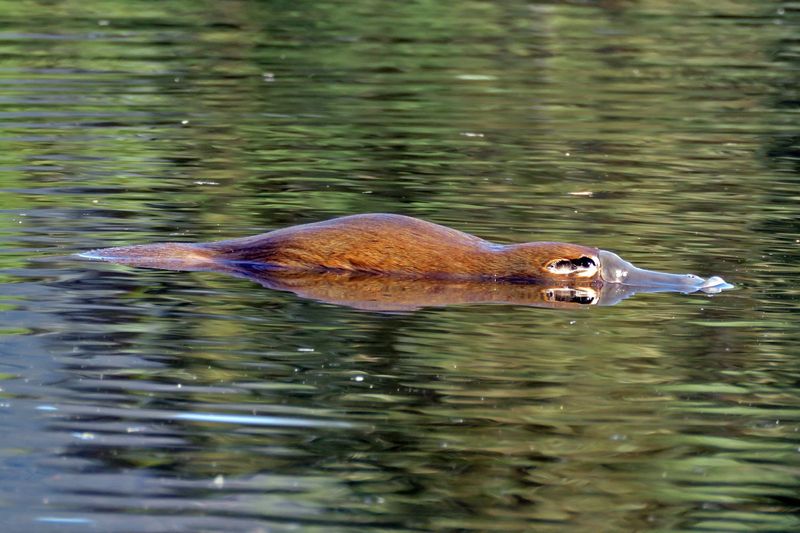
The platypus, a unique egg-laying mammal, has a gestation period of about 10 to 12 days before the female lays the eggs. Afterward, the eggs hatch in about 10 days.
This unusual reproductive strategy is complemented by the platypus’s distinct features, including a duck-bill and webbed feet. Platypuses are solitary creatures, often found in rivers and streams in Australia.
Their fascinating biology and behaviors make them a subject of scientific interest and a beloved symbol of Australia’s diverse wildlife.
Kangaroo
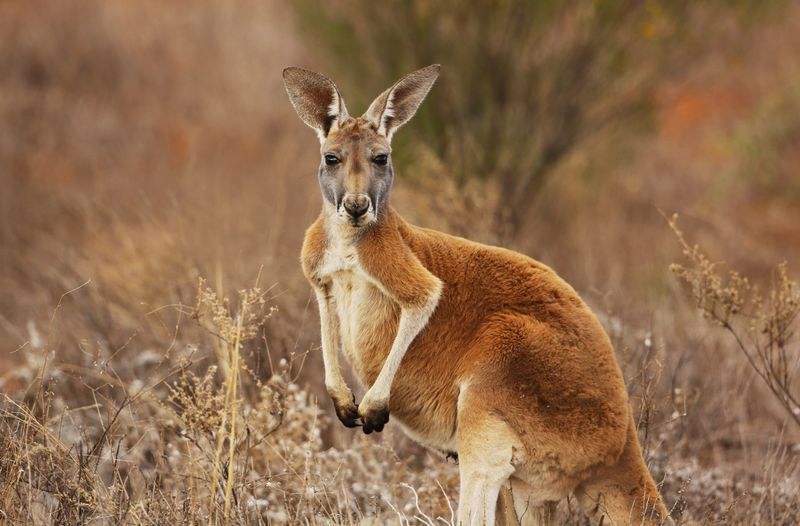
Kangaroos have a gestation period of about 31 to 36 days, followed by the birth of an underdeveloped joey that continues to grow in the mother’s pouch.
These iconic marsupials are known for their powerful hind legs and ability to hop at great speeds. The pouch provides a safe and nurturing environment for the young joey, allowing it to mature fully.
Kangaroos are a symbol of Australia, representing the unique adaptations of its wildlife.

